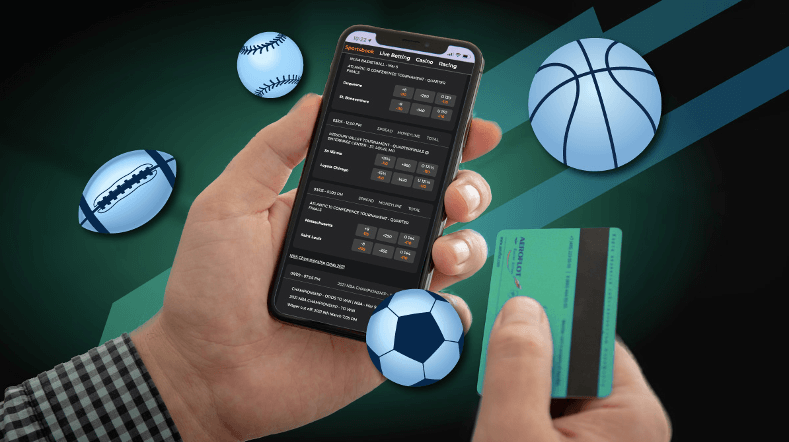
How to Ensure Safe Transactions
In today’s digital world, ensuring safe transactions is paramount for both consumers and businesses. With the increasing frequency of online purchases and financial exchanges, understanding how to navigate these waters safely is critical. This guide will provide effective strategies and tips for ensuring your transactions are secure. One essential aspect of safe transactions involves understanding the platforms you engage with; for instance, when using online gaming sites, like How to Ensure Safe Transactions on Casino Apps in Bangladesh https://olymp-casino-uz.com/, knowing the site’s security credentials can protect your information.
Understanding the Basics of Transaction Security
At its core, transaction security involves protecting sensitive information during exchanges. Transactions can be conducted both online and offline, and each scenario has its unique risks. By familiarizing yourself with potential threats, you can arm yourself with knowledge that aids in successful, secure transactions.
1. Use Secure Connections
Always make sure you are using a secure connection when conducting any form of transaction. This means looking for “HTTPS” in the URL rather than just “HTTP.” The “S” stands for “secure” and indicates that the site uses encryption to protect your data. Avoid using public Wi-Fi networks to make financial transactions, as these can be more susceptible to hacking.
2. Employ Strong Passwords
Creating strong, unique passwords for your accounts is crucial. Avoid using easily guessable information, such as birthdays or pet names. Instead, opt for a combination of uppercase and lowercase letters, numbers, and symbols. Additionally, consider using a password manager to keep track of your various accounts and generate secure passwords for you.
3. Enable Two-Factor Authentication
Two-factor authentication (2FA) adds an extra layer of protection by requiring not just your password but also a second form of identification to access your accounts. This could be a text message, an email, or an authentication app. Implementing 2FA makes it exponentially harder for unauthorized users to gain access to your accounts, enhancing security dramatically.
4. Utilize Secure Payment Methods

When making transactions, always opt for secure payment methods. Credit cards are typically safer than debit cards since they offer more protections against fraudulent transactions. Additionally, consider using digital wallets like PayPal or Apple Pay when making online transactions. These platforms often provide extra security measures that traditional payment methods do not.
Recognizing Phishing Attempts
Phishing is one of the most common methods cybercriminals use to steal sensitive information. Be vigilant and learn to recognize the signs of phishing attempts:
- Suspicious Emails: Look out for emails that seem suspicious or contain links that lead to unknown sites.
- Unexpected Messages: If you receive unexpected messages asking for your personal information, verify the source.
- Urgency Tactics: Phishing attempts often create a sense of urgency. Always take a moment to analyze the request.
Regularly Monitor Your Accounts
Keeping a close eye on your accounts can help you catch any unauthorized transactions early on. Regularly review your bank and credit card statements, and report any suspicious activity immediately. Many financial institutions offer alerts that notify you of transactions; consider enabling these features for added peace of mind.
Safeguarding Your Personal Information
Be mindful of the information you share online. Avoid posting sensitive information on social media platforms and be cautious about what you share, especially when it comes to making transactions. The more information you divulge, the easier it becomes for scammers to exploit your vulnerabilities.
The Role of Anti-virus Software
Investing in reliable antivirus software can provide you with an added layer of security. These programs are designed to detect and eliminate potential threats before they can harm your system, helping to protect your personal information during transactions.
Conclusion
Ensuring safe transactions requires diligence and awareness. By following the strategies outlined in this guide, you can significantly reduce the risks associated with monetary exchanges, be it online or offline. Always remember that your security is a priority, so take the necessary steps to protect your assets and information. With these practices in place, you can confidently navigate the world of transactions without fear of compromise.

 朝倉ドローンプロジェクト
朝倉ドローンプロジェクト 朝倉商工会議所青年部(朝倉YEG)
朝倉商工会議所青年部(朝倉YEG)
最近のコメント